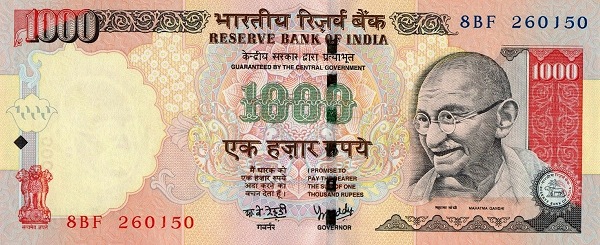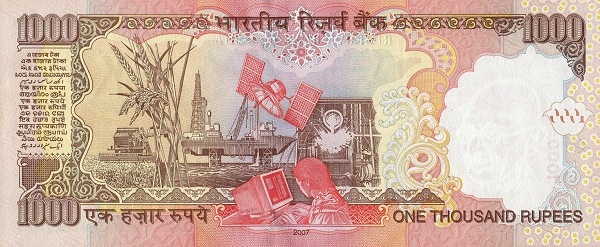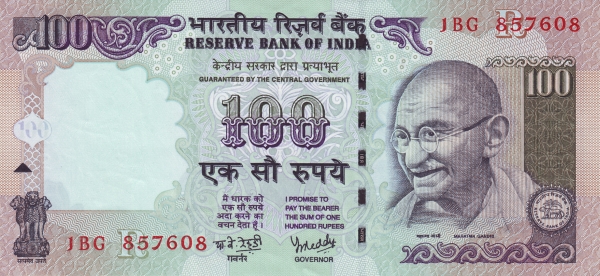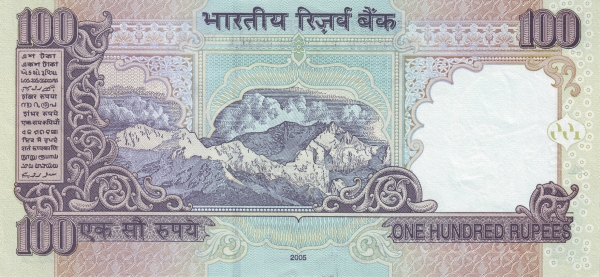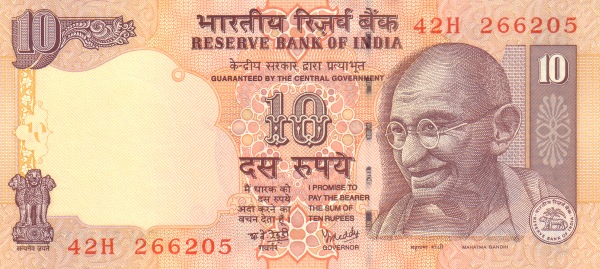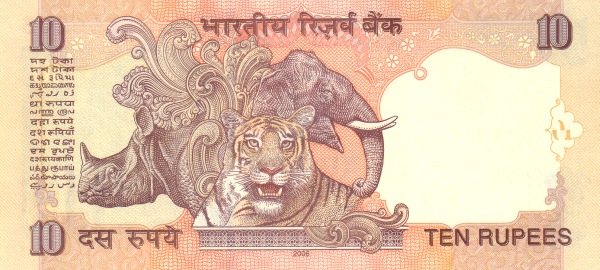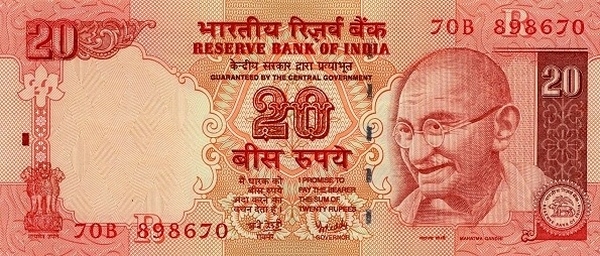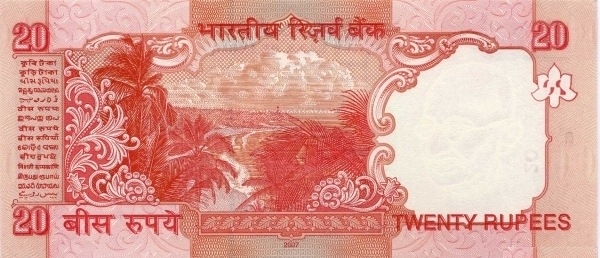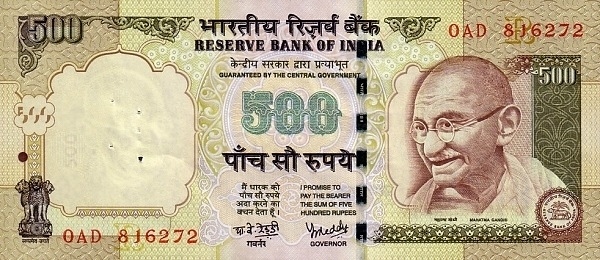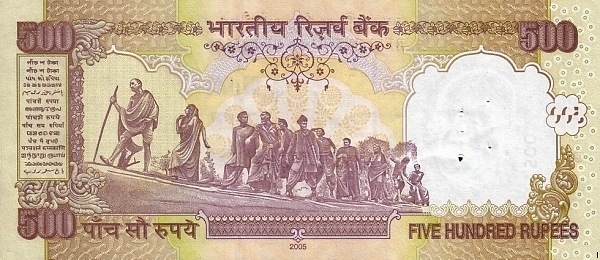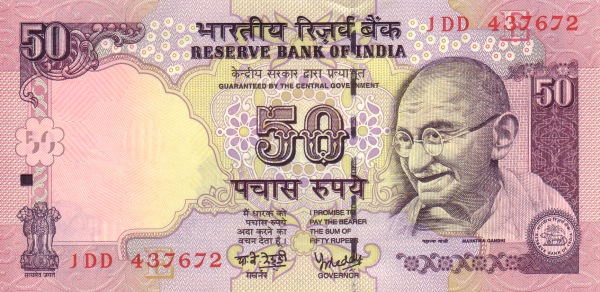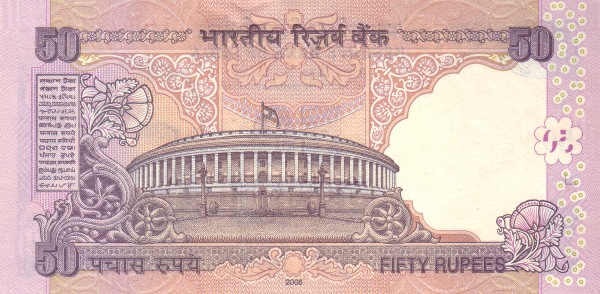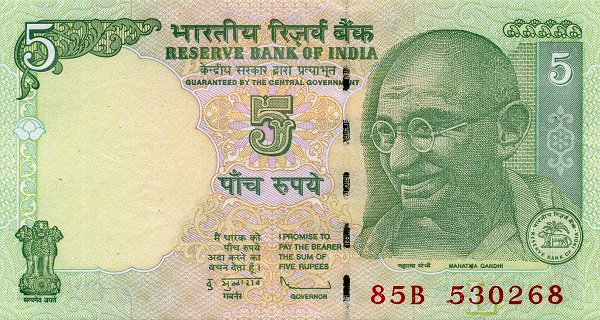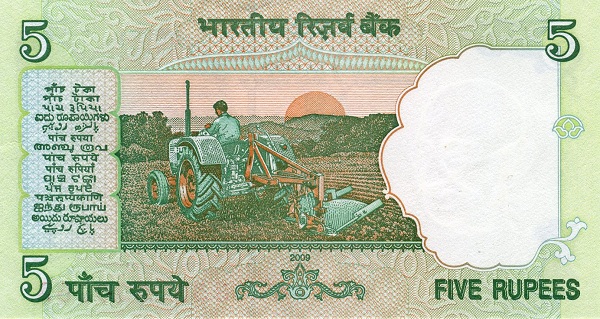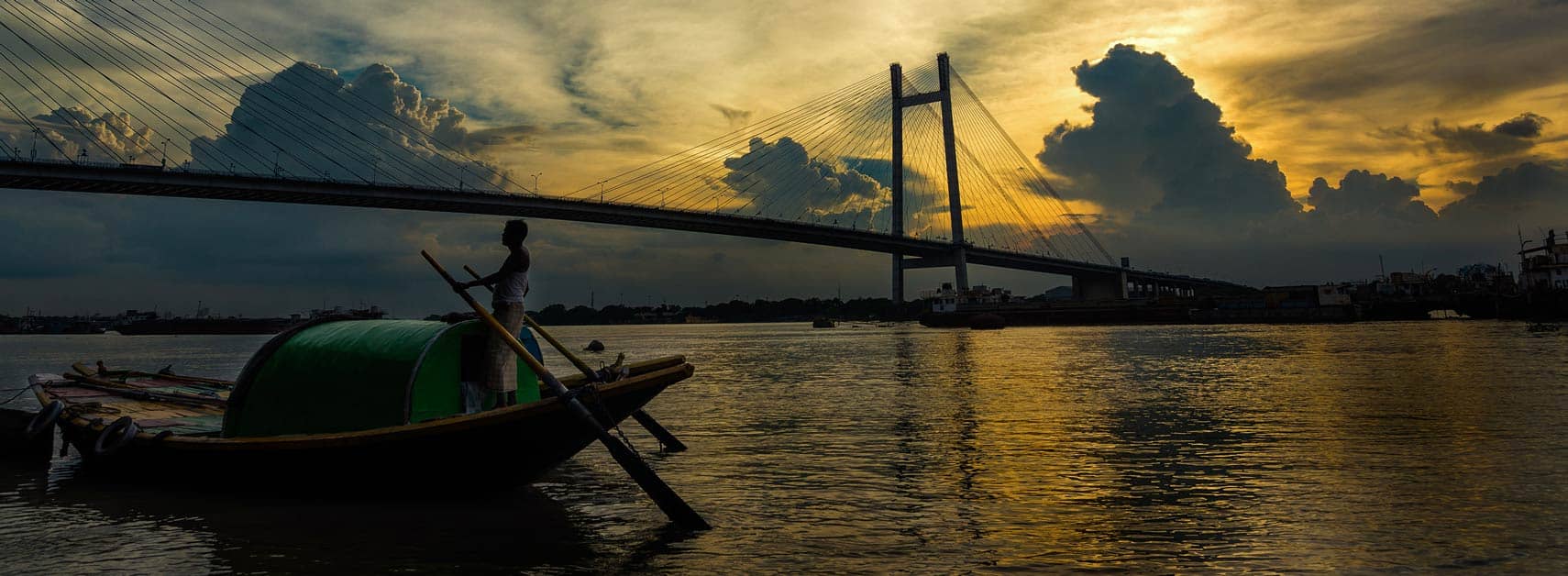Exploring India
India, a vibrant mosaic of cultures and traditions, stands as one of the most remarkable countries in South Asia. Stretching across a substantial part of the Indian subcontinent, it shares borders with several nations. To the north, the majestic Himalayas offer a natural barrier, while the Arabian Sea lies to the west, the Bay of Bengal to the east, and the Laccadive Sea to the south. Furthermore, India shares its land boundaries with Bangladesh, Bhutan, Myanmar (Burma), China (specifically the Tibet Autonomous Region), Nepal, and Pakistan. Additionally, it enjoys maritime borders with countries such as Indonesia, the Maldives, Sri Lanka, and Thailand. This geographical diversity contributes to India’s rich cultural and historical tapestry.
Demographics of India
As of 2024, India proudly holds the title of the most populous country globally, boasting a staggering population of approximately 1.4 billion people. This immense number reflects the lively, diverse society that thrives within its borders. The nation is divided into 29 states and seven Union Territories, each with its distinct culture and language. Remarkably, the capital city of India is New Delhi, while Mumbai ranks as its second-largest metropolis. Notably, the official languages encompass Hindi-Urdu and English, with the Indian Constitution recognizing a total of 22 languages, showcasing the nation's linguistic diversity.
A Look into India's Rich History
Historical Background
India's history is as rich and profound as its culture. The roots of civilization in this country can be traced back to the Indus Valley, one of the world’s oldest urban cultures, flourishing over 5,000 years ago. Over the centuries, various invasions and influences have shaped its destiny. For instance, Arab incursions began in the 8th century, later followed by Turkish invasions in the 12th century. With the arrival of European traders in the late 15th century, India witnessed profound changes that ultimately led to British colonial control by the 19th century.
The Road to Independence
Amidst the struggle for freedom, the peaceful resistance spearheaded by leaders such as Mohandas Gandhi and Jawaharlal Nehru proved pivotal. Their efforts culminated in India gaining independence in 1947. The independence movement, however, resulted in the partition of the subcontinent, creating the secular state of India and the Muslim state of Pakistan. Further geopolitical complexities arose when the third conflict between these nations in 1971 led to the emergence of Bangladesh from East Pakistan.
Current Challenges Facing India
Despite its rich history and cultural heritage, India confronts significant challenges in the present day. The ongoing dispute with Pakistan over Kashmir remains unresolved. Furthermore, the country grapples with severe overpopulation, substantial environmental degradation, widespread poverty, and ethnic tensions. Nevertheless, these issues exist against the backdrop of impressive economic advancements and growth.
Understanding the Economy of India
The economy of India is a dynamic blend, relying heavily on services, which account for about 55% of its GDP, and agriculture, which contributes roughly 16%. Consumer spending drives nearly 60% of the gross domestic product, illustrating the importance of domestic markets. As a result, India ranks as the sixth-largest consumer market globally. Investments, government spending, and exports also play crucial roles in shaping the country's economy.
Economic Growth and Its Impacts
Prior to the COVID-19 pandemic, India enjoyed the status of being the fastest-growing major economy in the world. This remarkable growth trajectory highlighted the potential of the Indian market, attracting both domestic and international investments. However, the pandemic posed significant setbacks to this progress, momentarily reversing achievements in poverty reduction. Notably, between 2011 and 2015, over 90 million individuals rose out of extreme poverty. Yet, the economic slowdown triggered by the pandemic has deeply affected vulnerable households, stalling upward mobility.
India's Cultural Diversity
Beyond economics, India is a vibrant cultural hub, characterized by a plethora of festivals, cuisine, folklore, and traditions. Each region boasts unique customs, from the colorful celebrations of Diwali in the north to the exquisite dances of Bharatanatyam in the south. Indian cuisine, famed for its aromatic spices, reflects the diverse cultures that coexist. It varies significantly from one region to another, showcasing an array of influences that define the nationwide palate.
Environmental Awareness
In recent years, India has increasingly recognized the importance of environmental sustainability. Efforts to combat pollution, protect wildlife, and promote renewable energy have gained momentum. The introduction of numerous initiatives aims to raise awareness and incorporate sustainable practices into everyday life. These developments demonstrate India’s commitment to addressing environmental degradation while pursuing economic growth.
Conclusion: The Essence of India
In summary, India encapsulates a multitude of experiences. Its history, cultural richness, and economic potential make it a fascinating study. This vast nation continues to evolve, grappling with challenges while embracing opportunities for growth. As it stands at the intersection of tradition and modernity, India's journey forward promises to be as remarkable as its past.
Largest cities of: India
| City Name | Population | Year of foundation | |
| Delhi | 16,787,941 | circa 6th century B | |
| Mumbai | 20,411,000 | 1661 | |
| Kolkata | 14,958,000 | 1690 | |
| Bengaluru | 12,102,355 | 1537 | |
| Hyderabad | 10,934,520 | 1591 | |
| Chennai | 8,400,000 | 1639 | |
| Ahmedabad | 8,187,000 | 1411 | |
| Surat | 6,700,000 | 1512 |
India: Money
